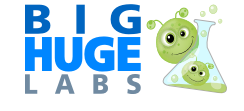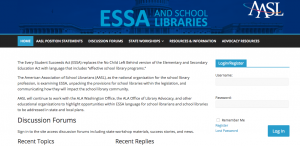While perusing through AASL’s School Library Research Journal online, I ran across an article by Ruth Small of Syracuse University, which was prominately featured on the website page. As I read the abstract, the first line grabbed my attention instantly with its opening statement of “innovation as the essence of the American spirit.” As is well understood, innovation is the result of practiced inquiry and allows one to creatively think, as some say, outside of the box. In late 19th Century and early 20th Century, this was not too extraordinary because comfort and survival was determined by it. People were constantly tinkering to make the life experience an easier one for self and family.
For today’s student, to master this skill, they must be exposed to innovative structure. Students are no longer given time across the contents and levels to work with honing their logic for problem solving. The vast majority of students today are hesitant to go beyond the structure they have been taught to function under. This has nothing to do with intellect or motivation, because when students enter school at the tender ages pf five or six, they are creative, inquisitive, and risk takers…all traits of the innovative thinker Something happens, however, between first grade and fourth to squash this thought process. Historically this was observed as the educational undoing of creative problem solving which was based on a study by *Paul E. Torrance (1967, no less!) which focused on the “4th grade slump in creative thinking.” What’s surprising to me is that this is STILL if not more prev alent today! The more test oriented a school’s curriculum, the more an educator’s salary is determined by standard test achievement scores, the less arts and culture exposure due the budget cuts, the more severe the slump. When I entered the teaching profession, I had the honor of working in a nongraded classroom. There was no such thing as a Transitional First Grade. Now with all the focus on standard test achievement, students are considered behind if they are not reading by grade 1. Angel Eckhoff of Old Dominion University has done extensive research on this amoung the early childhood population. By the time these students reach the middle grades, unless they are innately artistic, this slump remains embedded in their psych. It is clear how more Maker Spaces opportunities need to be made available to help students overcome this void and how the school library and its program plays a vital part in a broader and more authentic promotion of inquiry.
alent today! The more test oriented a school’s curriculum, the more an educator’s salary is determined by standard test achievement scores, the less arts and culture exposure due the budget cuts, the more severe the slump. When I entered the teaching profession, I had the honor of working in a nongraded classroom. There was no such thing as a Transitional First Grade. Now with all the focus on standard test achievement, students are considered behind if they are not reading by grade 1. Angel Eckhoff of Old Dominion University has done extensive research on this amoung the early childhood population. By the time these students reach the middle grades, unless they are innately artistic, this slump remains embedded in their psych. It is clear how more Maker Spaces opportunities need to be made available to help students overcome this void and how the school library and its program plays a vital part in a broader and more authentic promotion of inquiry.
For a quick example of how creativity leads to innovation when time is allowed, please look at this YouTube video titled “Creativity Requires Time,” which was originally posted in 2011:
Another helpful video is a TED Talk by Sir Ken Robinson:
Originally Posted August 31, 2014




